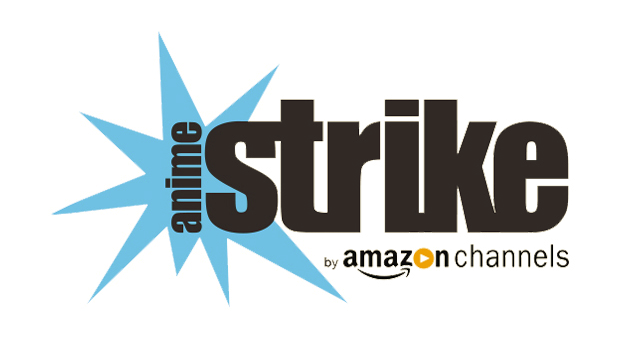Author: Gabriel Persechino-Forest Published: February 5th, 2018
The now defunct service was certainly unique and the object of much hate and discussion when it first came out. Now that some time has passed, I thought it would be appropriate to revisit how this service functioned, what it offered and what led to its doom. Even when it first came out there was little division among fans that it was a horrible service and the only point of contention seemed to be on why.
Amazon first introduced the service on January 12th, 2017. The unveiling was unimpressive and half hearted and was followed up by an interview that was filled with the now iconic corporate non-answers. Perhaps it is true that all big corporations love not answering questions with platitudes but Amazon seemed to master the art to a new level back then. Anyway, on with the overview.
First off, the service itself was pretty bad on its own: They forced you to become a prime member even if you have no other use for it than to stream anime; not to mention that prime memberships aren’t cheap (Around 100$ a year) and unlike what Amazon would like everyone to believe, aren’t a basic necessity of life nor something everyone has. To make matters worse, they charged an extra 5$ a month to access the service, creating a double paywall that amounts to 160$ a year. This made this service the most expensive of all alternatives available.
To compound matters further, its catalogue was also the smallest of all its competitors, making it difficult to justify the price. Even worse, part of its catalogue was shared by its competitors. This is bad for a streaming service, especially one that advertised itself in the same way cable channels used to. This ironically brings up my next point: It is insane in the era of the internet to try and push the digital version of a cable channel. Not only was that model bad to start with, it is by now long outdated and it was doubtful, at best, that people would fall for the same trick twice. This is more than just bad form, it is outright insulting to your customers; and to those who remember cable, it shows worrying signs of being step one in a process of less services for higher prices that can only get worse over time.
Amazon also took its existing anime catalogue, which could previously be accessed for no extra charge, and put it behind the double paywall along with their new arrivals. You couldn’t access the content for free with ads, as you can Crunchyroll, and they offered no options when it comes to price or services. They claimed to be coming to the industry to play seriously but essentially gave the most basic, cash grab service imaginable and told fans “Pay up and shut up!”
For a global enterprise, Amazon also failed to deliver on the one front everyone thought they would nail: Global distribution. The service was US-only and the availability of series in other regions was uneven and sometimes through other services; making this mess even messier.
They also had delays in their releases, in most of them actually, and showed little signs of fixing the issue throughout their run. That is besides people who reported problems using the platform and the non-existent customer relations. The customer relations aspect is an important one too; the anime community is an active one and every player who is doing business in said community has always made an effort to connect with the fanbase but Amazon basically didn’t want to hear from you as long as you paid them.
Long story short, they weren’t invested in the community and didn’t respect it. They had a bad and buggy service, were hit with delays, made people pay a fortune for a pretty shameful catalogue and the list goes on… They did all of this simply because they are Amazon and they can. Or can they? It seems anime has done what so many industries failed to in the past, we told them we would have none of it and now Anime Strike is no more. Anime has always been a close community, on a global level, and Japanese corporations have always been protective of their industry. I have no doubt the actions Japanese companies took (Which we may never learn off as they are quite secretive about such things) and the collective actions of the community on a global level in response to Amazon is the reason why all the money in the world let small companies like Funimation and Crunchyroll come out on top. I never say this enough: We must remember that we, the consumers, the people, have all the power and we must not be afraid to use it.
Source: Article Image: Anime Strike logo
